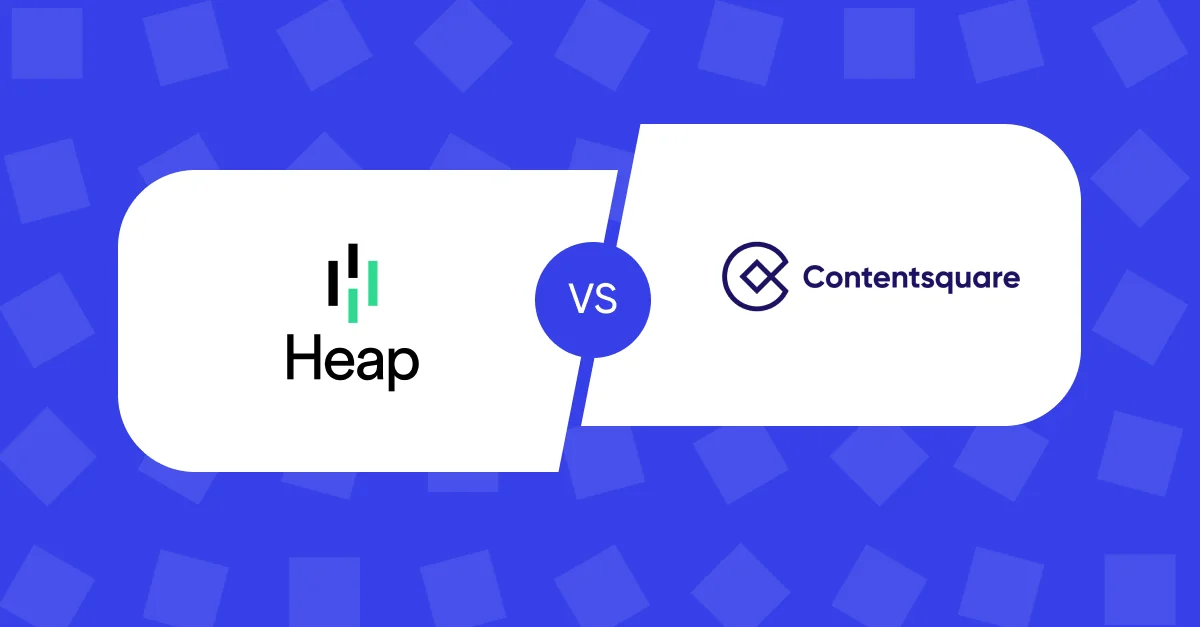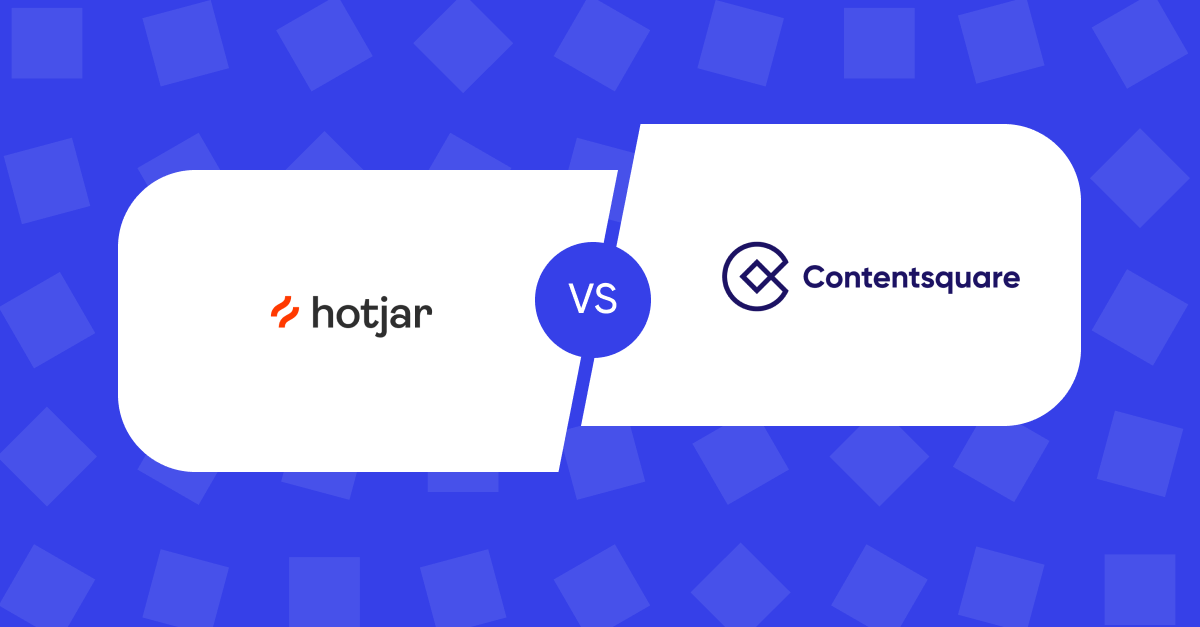What is Qualitative Data and How is it Collected?

Observations and interviews are powerful tools that help us understand the depth of human experience.” – Brené Brown. In the realm of research and analysis, qualitative data holds immense significance. It allows us to dive beyond numbers and statistics, exploring the intricacies of human behaviors, perceptions, and attitudes. This article explores the essence of qualitative data and its application across various disciplines, such as social sciences, market research, healthcare, and education.
Through qualitative research methods like interviews, focus groups, and observations, researchers gather descriptive and context-rich information that unveils the uniqueness and complexity of human experiences. By delving into personal narratives, understanding motivations, and interpreting social dynamics, qualitative data offers deep insights that quantitative data alone cannot capture.
Why is qualitative data crucial for understanding the human lived experience? How does it enhance our knowledge and inform decision-making processes? Join us on this enlightening journey as we navigate the world of qualitative data and discover the transformative power of exploring the rich tapestry of human existence.
What is Qualitative Data?
Qualitative data refers to non-numerical information that provides researchers with a deep and nuanced understanding of human experiences, behaviors, perceptions, and attitudes. Unlike quantitative data that focuses on measurable variables, qualitative data explores the quality and richness of phenomena through descriptive and interpretive methods.
Qualitative data is gathered through techniques such as interviews, focus groups, observations, and open-ended survey questions. These methods allow researchers to collect in-depth and contextually rich information, delving into the subjective experiences and interpretations of individuals.
The data collected in qualitative research is often recorded in the form of interviews transcripts, field notes, or audio and video recordings. Researchers then analyze this data by identifying patterns, themes, and categories to gain insight into underlying motivations, social dynamics, and cultural influences.
Overall, qualitative data provide a qualitative lens for researchers to capture the depth, complexity, and nuances of human phenomena, enhancing our understanding of the intricacies of human behavior and experiences.
Why is Qualitative Data Valuable?
Qualitative data extend a unique value and complements quantitative data in research and analysis. Here are some reasons why qualitative data is valuable:
- Gaining rich insights: Qualitative data allows researchers to delve deeply into the nuances, complexities, and context of a phenomenon. It helps uncover deep-rooted motivations, emotions, and underlying reasons behind human actions, behaviors, and decisions.
- Understanding social and cultural aspects: Qualitative data help out understand the social and cultural dimensions of a particular context. It unveils the social structures, power dynamics, and cultural influences that shape people’s beliefs, attitudes, and actions.
- Exploring subjective experiences: Qualitative data enables researchers to explore experiences, perceptions, and individual interpretations. It offers a platform for individuals to express their stories, narratives, and personal accounts, which quantitative data alone may not capture.
Generating new hypotheses and theories: Qualitative data often generates new hypotheses, theories, or research questions. It can challenge existing assumptions, shed light on emerging trends, and provide foundations for quantitative research.
Applications of Qualitative Data
Qualitative data in user experience
In the field of user experience (UX) design, qualitative data plays a crucial role in understanding the users’ perceptions, behaviors, and needs. For example, a UX researcher might conduct in-depth interviews with users to gather qualitative data about their experiences with a website or application. Through these interviews, researchers can capture rich insights into how users navigate the interface, their frustrations or successes, and their overall satisfaction with the product. This qualitative data aid inform design decisions, identify areas for improvement, and create user-centered experiences that meet the needs and preferences of the target audience.
Qualitative data in other domains
Qualitative data finds numerous applications across disciplines, including:
- Social sciences: Qualitative research plays a vital role in disciplines such as sociology, anthropology, psychology, and education. It helps researchers understand human behavior, societal dynamics, cultural practices, and social interactions.
- Healthcare and public health: Qualitative data assists in exploring patients’ experiences, healthcare providers’ perspectives, and community beliefs and attitudes towards health-related issues. It helps identify barriers to healthcare access, design culturally appropriate interventions, and improve healthcare services.
- Market research: Qualitative data provides insights into consumer behavior, preferences, and attitudes towards products and services. It helps businesses understand their target audience, develop effective marketing strategies, and improve customer satisfaction.
- Education: Qualitative data helps researchers understand teaching and learning processes, students’ experiences, and factors influencing educational outcomes. It contributes to the development of educational policies, curriculum design, and instructional practices.
Qualitative data serves as a valuable tool for gaining in-depth insights into human experiences, emotions, and social phenomena. It complements quantitative data by providing a deeper understanding of complex issues. With its wide-ranging applications across various fields, qualitative data offers a powerful lens for comprehensively understanding the intricate aspects of our world.
Do you have questions?
Incorporated within qualitative methods are diverse approaches stemming from various fields and customs. These methods aim to capture meaningful details pertaining to beliefs, values, emotions, and motives, which cannot be conveyed solely through numerical data.
Qualitative data refers to data that can be experienced or expressed descriptively. It encompasses three primary types: binary, nominal, and ordinal. Qualitative data comes in various forms, such as data used in research, work settings, and statistical analysis. It is a versatile kind of data that allows for a deeper understanding and interpretation of subjective experiences and phenomena.
Qualitative data is a type of data that explains certain qualities or characteristics. It is collected through surveys, interviews, or observations, and typically presented in a narrative format. A couple of instances where qualitative data might be applied could include recording comments made during a focus group session that addressed the quality of food at Cafe Mac or collecting answers derived from open-ended surveys.



